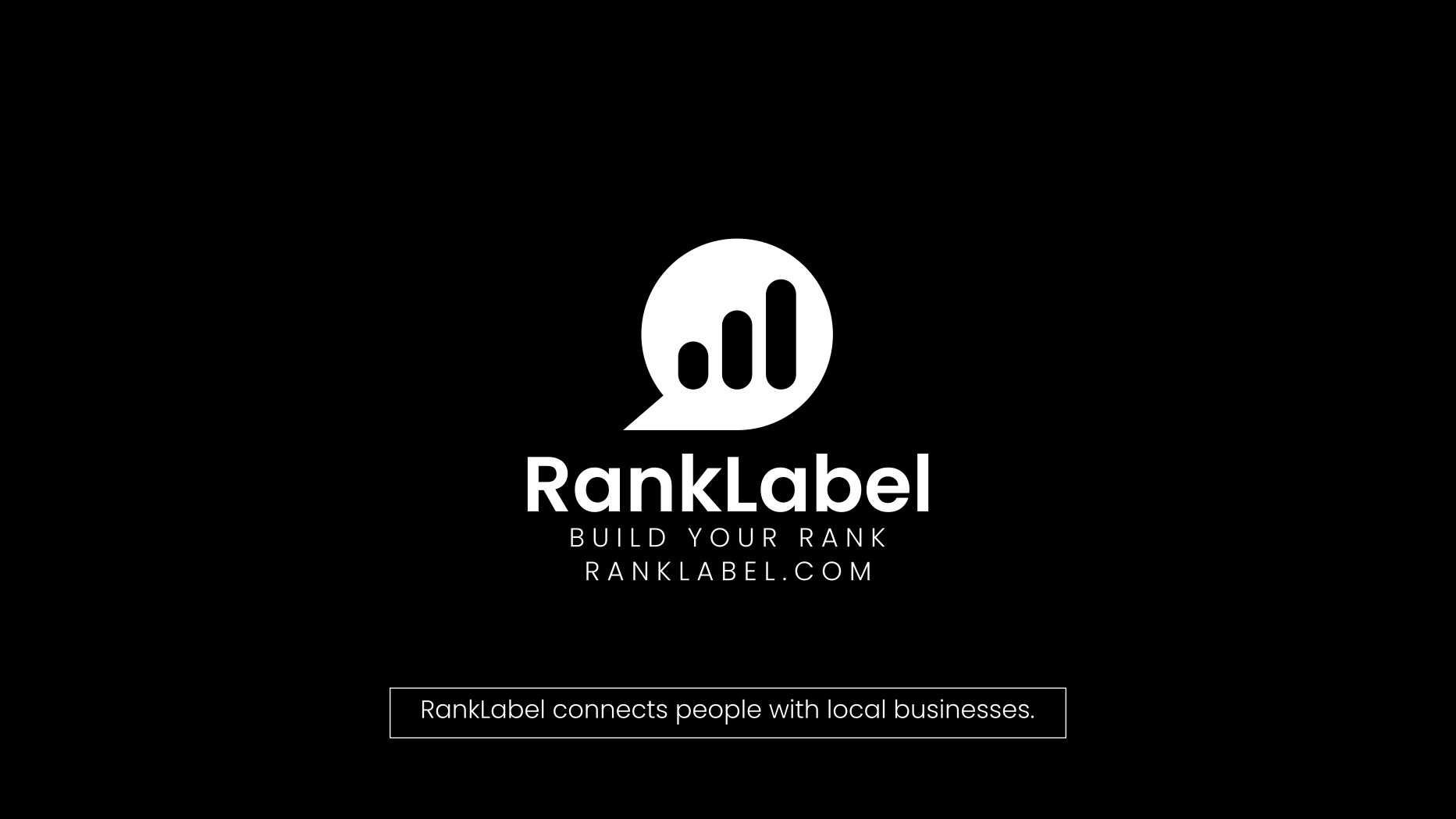Unlocking Creative Potential with 3D Printing Services

3D printing, a cornerstone of modern manufacturing and design, has transcended its industrial origins to empower entrepreneurs, hobbyists, and businesses across various sectors. This transformative technology, also known as additive manufacturing, allows for the creation of complex and customized products with less waste and lower costs. In this blog post, we explore how 3D printing services are revolutionizing industries and providing unprecedented opportunities for entrepreneurs and hobbyists alike.
The Rise of 3D Printing Services
3D printing was once a niche technology limited to large-scale manufacturers and well-funded corporations. However, with advancements in technology, the proliferation of 3D printing services has democratized access to this innovative tool. On-demand 3D printing platforms allow individuals and businesses to design and produce items without the need for costly machinery and setups.
The accessibility of on-demand 3D printing means that virtually anyone can bring their ideas to life, from prototype to production, at a fraction of traditional manufacturing costs. This has significant implications for product development, customization, and speed to market, making it a game-changer for industries ranging from healthcare to fashion.
3D Printing for Entrepreneurs: From Idea to Reality
For entrepreneurs, 3D printing offers a fast track from concept to product. This technology enables rapid prototyping, which is crucial for testing and refining product designs before committing to mass production. Here are several ways in which 3D printing is beneficial for entrepreneurs:
- Cost-Effective Prototyping: Traditional prototyping methods can be costly and time-consuming. 3D printing reduces these costs significantly, allowing for multiple iterations without a significant financial burden.
- Customization: One of the standout advantages of 3D printing is the ability to customize products. Entrepreneurs can easily tailor their designs to meet specific customer needs or niche markets, providing a competitive edge.
- Speed to Market: In today's fast-paced market, being first can be the difference between success and failure. 3D printing can accelerate the development process, from initial design to finished product, helping entrepreneurs capitalize on market opportunities.
- Access to Complex Designs: The capabilities of 3D modeling and printing allow for the creation of designs that are impossible to achieve with traditional manufacturing methods. This complexity does not typically add to the cost, allowing for innovation and creativity.
The potential for 3D printing to transform startups and small businesses is enormous, providing them with the tools to compete on a global stage without prohibitive upfront costs.
3D Printing for Hobbyists: Turning Passion into Projects
Not just limited to commercial applications, 3D printing has also become a popular tool among hobbyists. Whether it's creating custom parts for model trains, designing unique jewelry, or crafting home decor items, the possibilities are virtually endless. Here’s why 3D printing is a boon for hobbyists:
- Accessibility: Many online services offer on-demand 3D printing, which means you don't need to own a 3D printer to start creating. You can design your project at home and have it printed and shipped to you.
- Educational Value: Engaging with 3D modeling and printing can provide a deep understanding of STEAM (Science, Technology, Engineering, Art, and Mathematics) concepts, which are invaluable in today's tech-driven world.
- Community and Support: A vibrant community of 3D printing enthusiasts exists online, where beginners and experts alike share advice, designs, and inspiration. Some platforms also offer tutorials to help you get started or advance your skills.
- Customization and Creativity: 3D printing enables hobbyists to create one-of-a-kind items or modify existing designs to personalize their projects further.
With 3D printing, hobbyists have the tools at their fingertips to transform a simple idea into something tangible, right from their own homes.
3D Modeling and Printing: An Integrated Process
At the heart of every successful 3D printing project is a solid design, created through 3D modeling. 3D modeling software allows designers to build detailed, layered, and precise models that are ready for printing. Understanding the integration of modeling and printing is crucial for both entrepreneurs and hobbyists, as it ensures the final product is both functional and high-quality.
Here are some tips for mastering 3D modeling and printing:
- Choose the Right Software: Depending on your technical skills and the complexity of the projects, select a 3D modeling software that fits your needs. Many platforms offer user-friendly interfaces for beginners, while more advanced options provide greater flexibility and features for complex designs.
- Understand Material Constraints: Not all designs are feasible with every type of printing material. Knowing the limitations and strengths of different materials can guide the design process to match the intended function of the printed object.
- Iterate Based on Feedback: 3D printing makes it easy to prototype; use this to your advantage by refining the model based on real-world testing and feedback to improve the product.
- Stay Informed: The world of 3D printing is continually evolving. Staying updated on the latest technologies, materials, and methods can provide a competitive edge and improve the quality of your projects.
Whether you're an entrepreneur looking to launch a new product line, or a hobbyist working on your latest project, understanding the synergy between 3D modeling and printing is key to leveraging this technology effectively.
Future of On-Demand 3D Printing
The future of 3D printing points towards even greater integration into daily life and industry. On-demand 3D printing, in particular, is set to revolutionize how products are designed, manufactured, and purchased. With continuous improvements in printing technology, materials, and accessibility, we can expect the following trends:
- Increased Material Options: Advances in materials science will likely produce new, more sustainable, and durable printing materials, expanding the applications of 3D printing.
- Enhanced Printing Speed and Quality: As technologies evolve, 3D printing will become faster and produce even higher quality results, making it competitive with traditional manufacturing methods for more applications.
- Greater Customization: The demand for personalized products is rising, and 3D printing is well-positioned to cater to this market with unique, tailored items that meet individual consumer needs.
As 3D printing technology continues to evolve, it holds the promise to further disrupt traditional manufacturing paradigms and open up new avenues for innovation and creativity at all levels of business and recreation.
In conclusion, whether you are an entrepreneur looking to disrupt market standards or a hobbyist eager to experiment with new projects, 3D printing services offer the tools and opportunities to turn visionary ideas into reality. By embracing this technology, you can explore new horizons of creativity and innovation.











